Rope halters, patience poles, and clickers, oh my! A recent discussion about the dangers of rope halters, patience poles, and other forms of restrictive training methods got me thinking. (Can …
“All Training Methods Can Be Harmful”
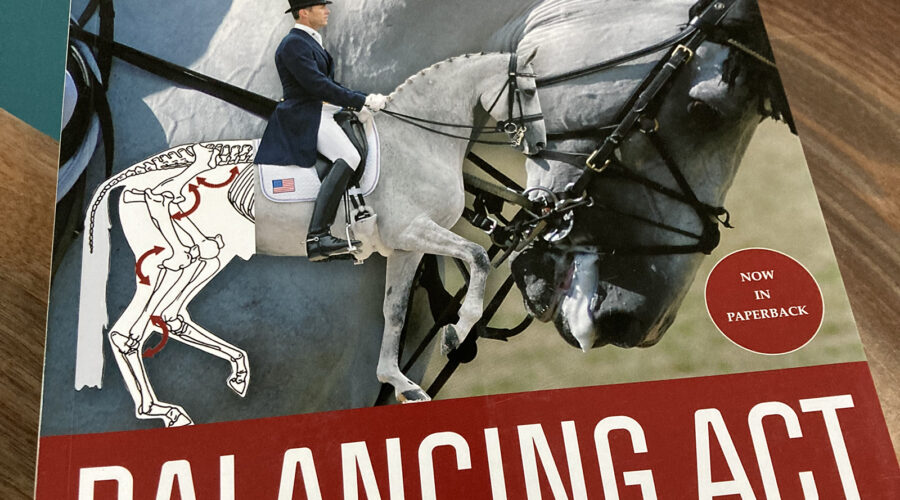
Best Practices in Horsekeeping

Rope halters, patience poles, and clickers, oh my! A recent discussion about the dangers of rope halters, patience poles, and other forms of restrictive training methods got me thinking. (Can …
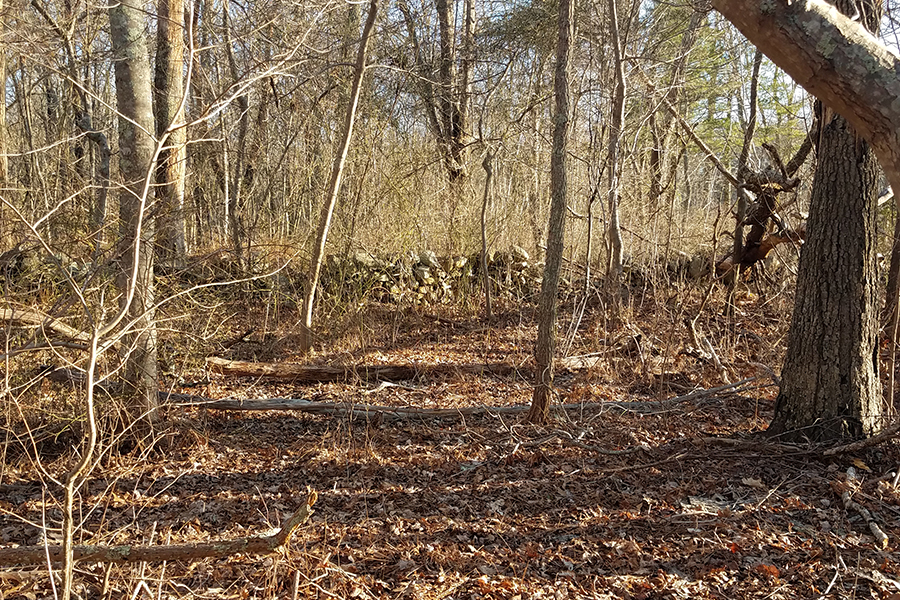
Working on evolutionary biology and psychology, and I came across a paper on the evolutionary context of what we now call “ADHD”. In my graduate course on Animals & Society, …
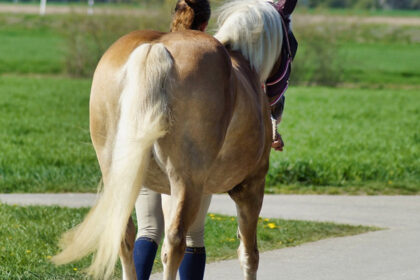
It is becoming increasingly clear that horse training works best when broken down into specialty segments: Life skills (like basic husbandry and handling), psychological skills like emotional regulation, intellectual skills, …
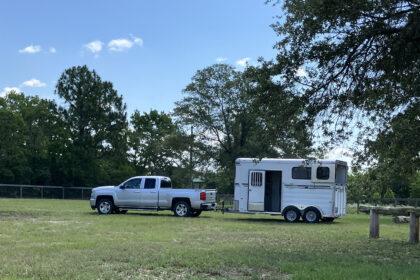
… require flexibility and understanding. I had plans to drive Siouxsie to a nearby farm for a meet & greet-style outing. The objective is to introduce her to a new …
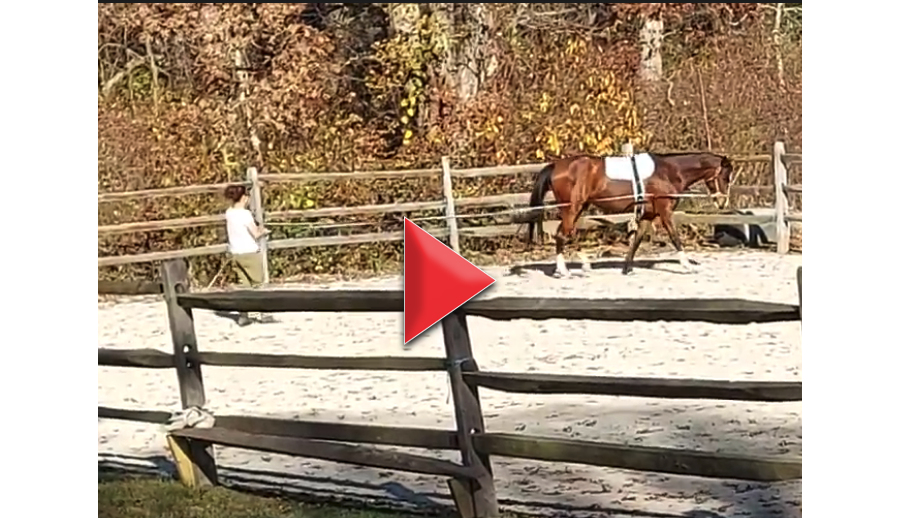
Long-lining has been on my To Do list for a long time, but to be honest, I have been afraid to do it because it just looks so intimidating and professional horse trainer-ish.